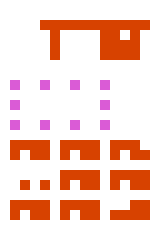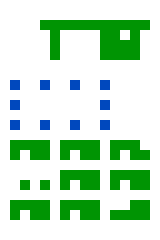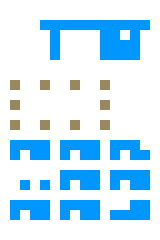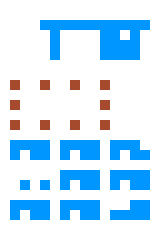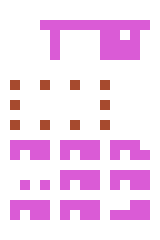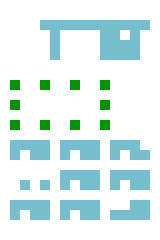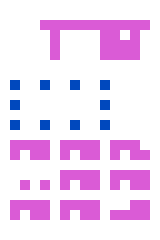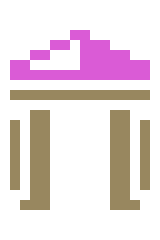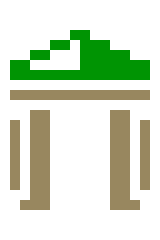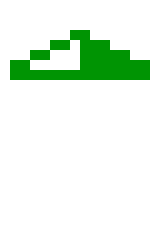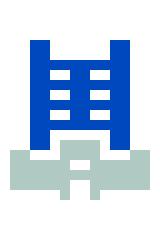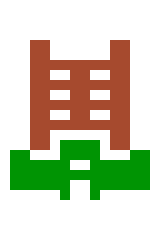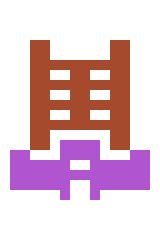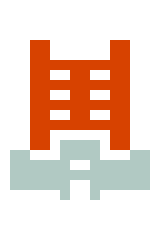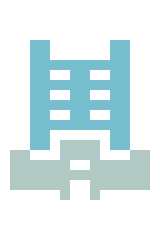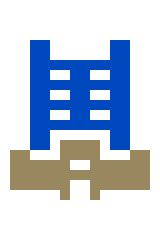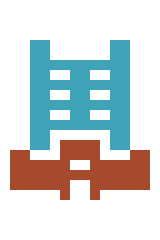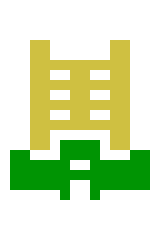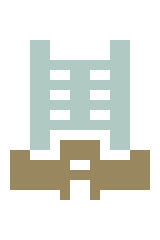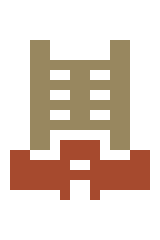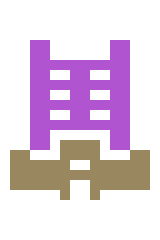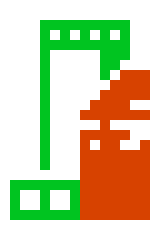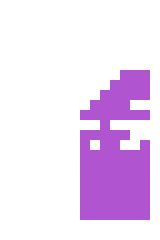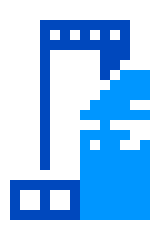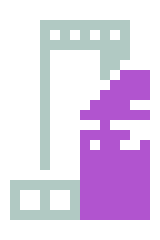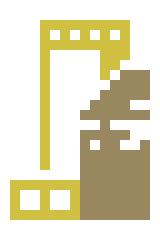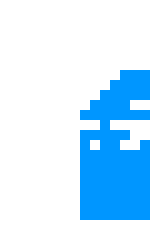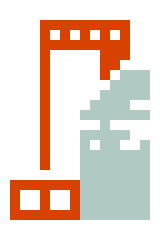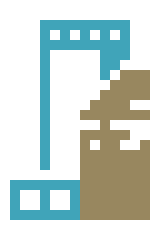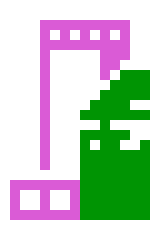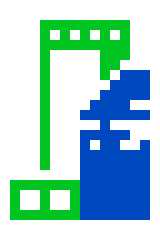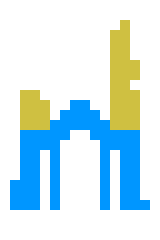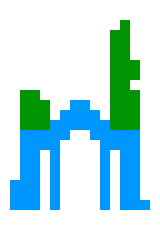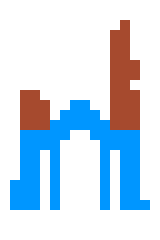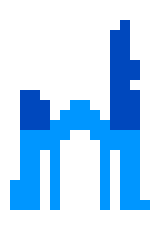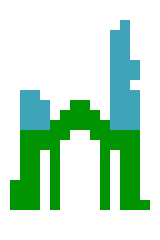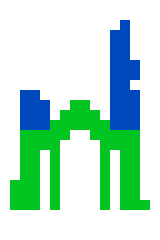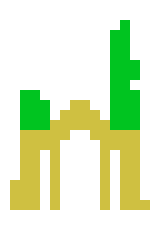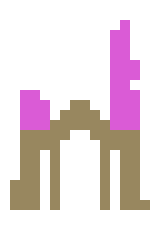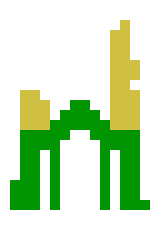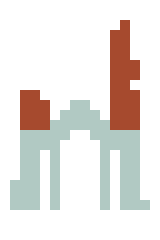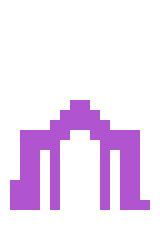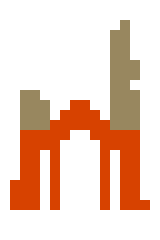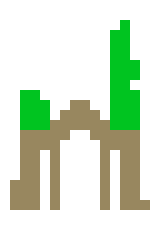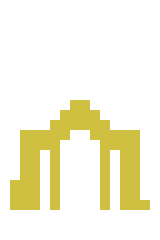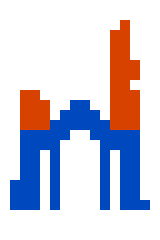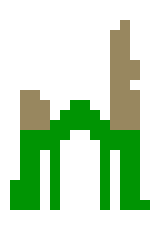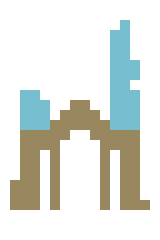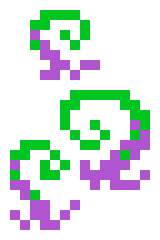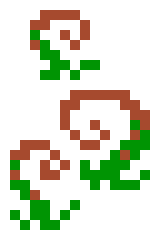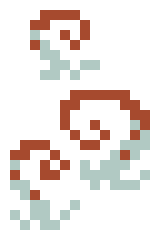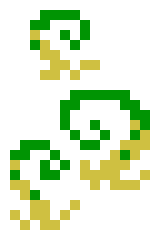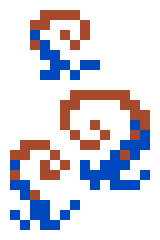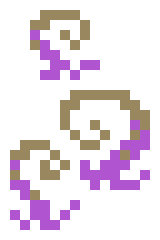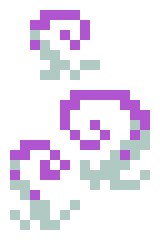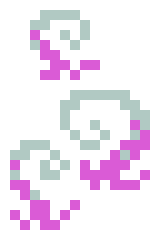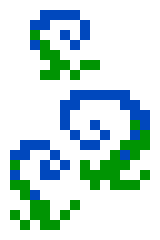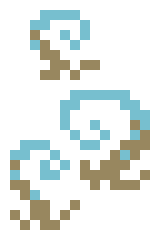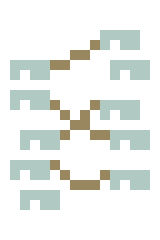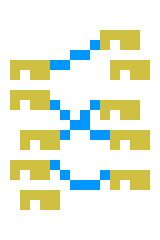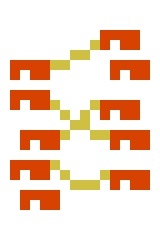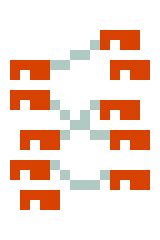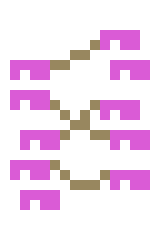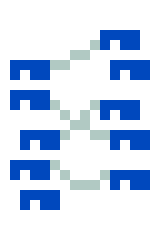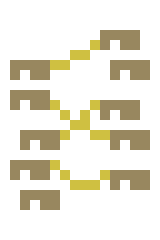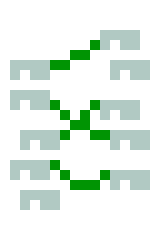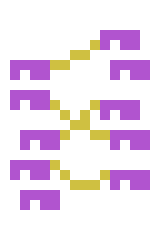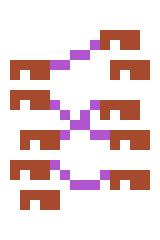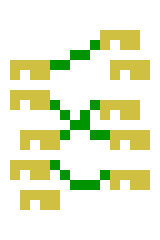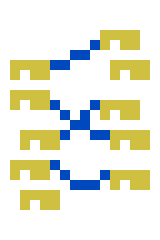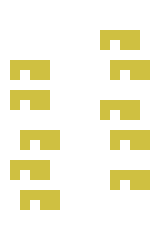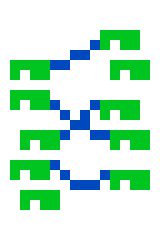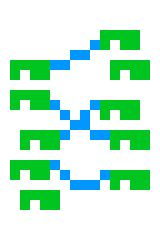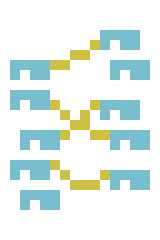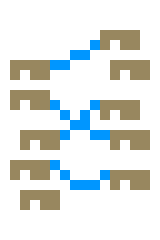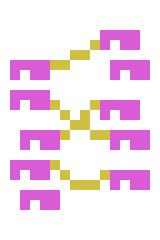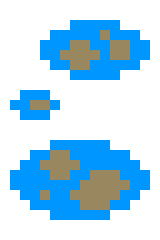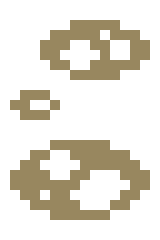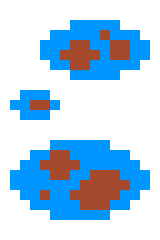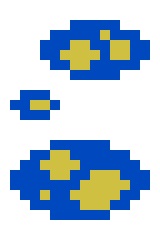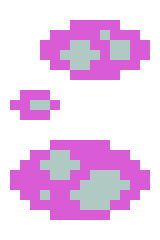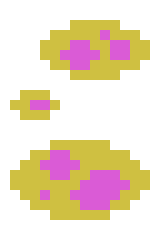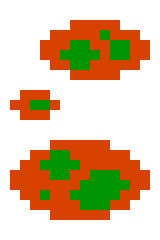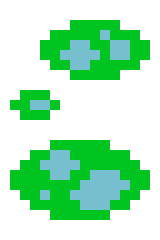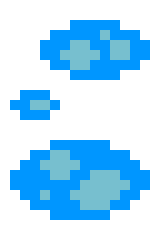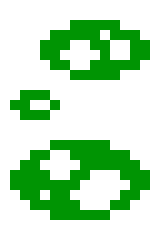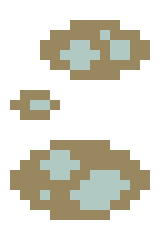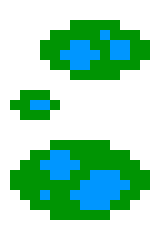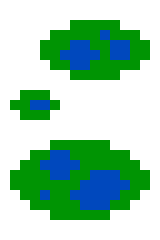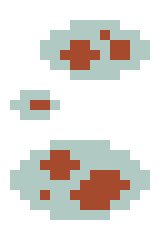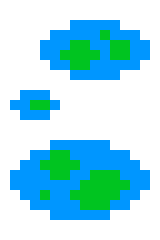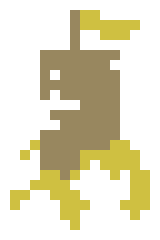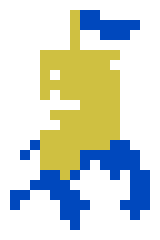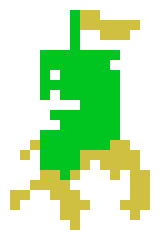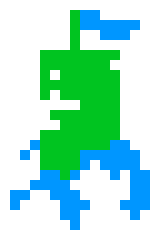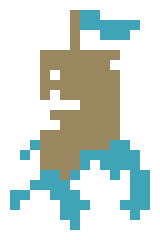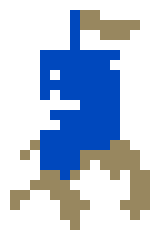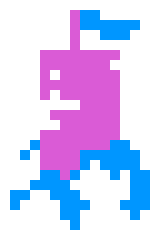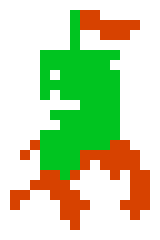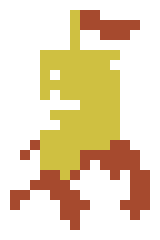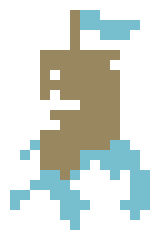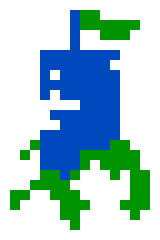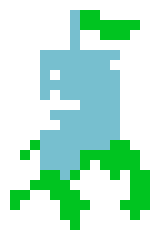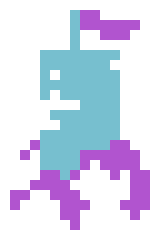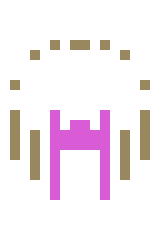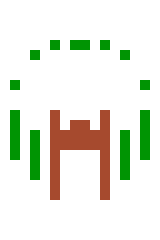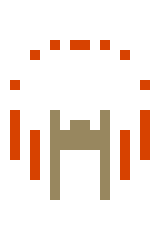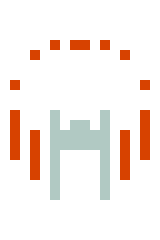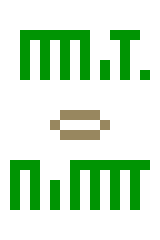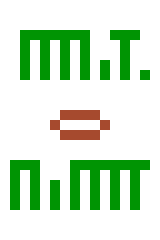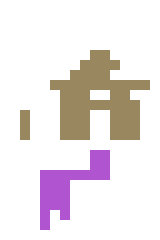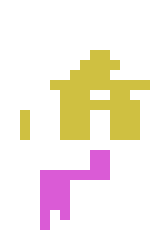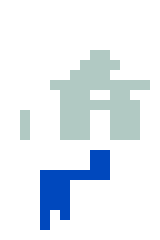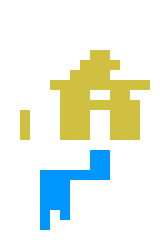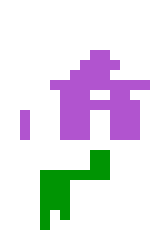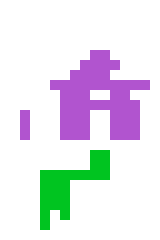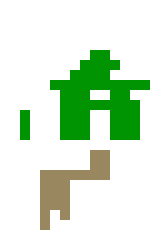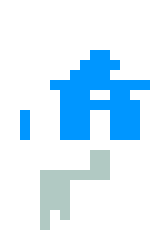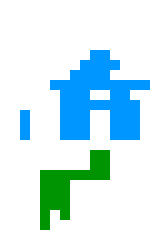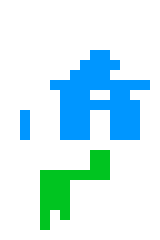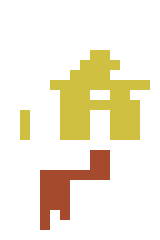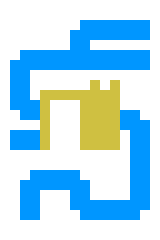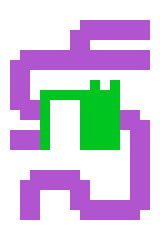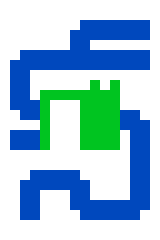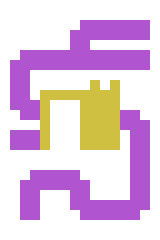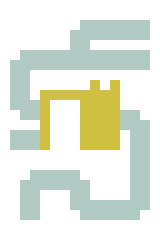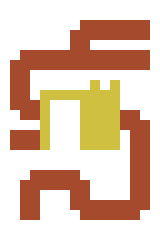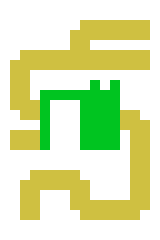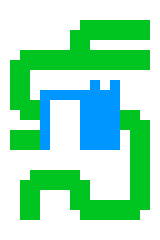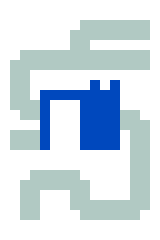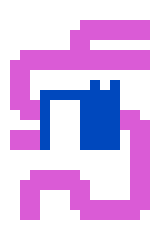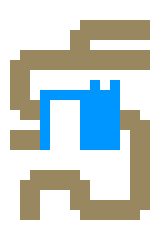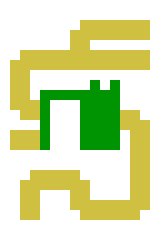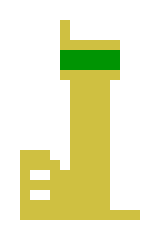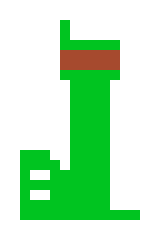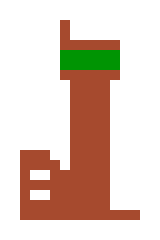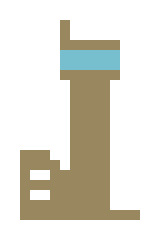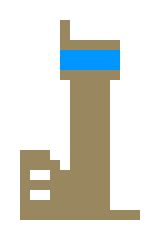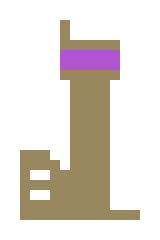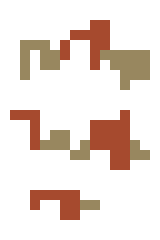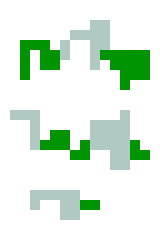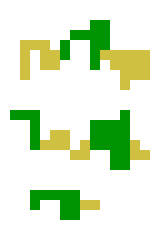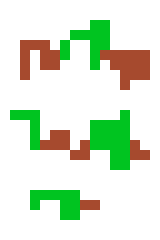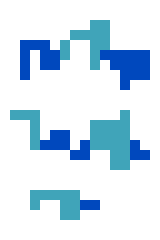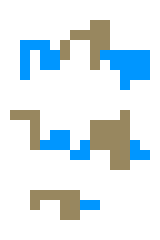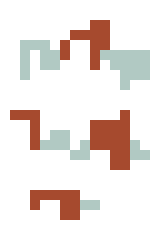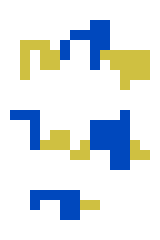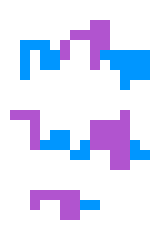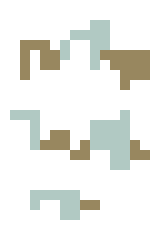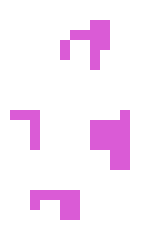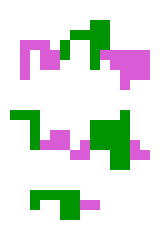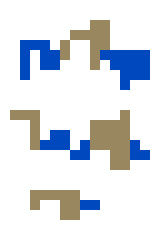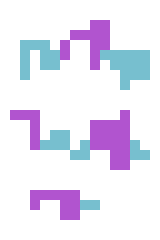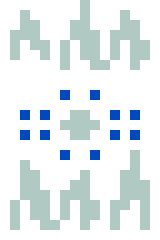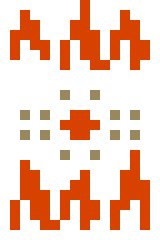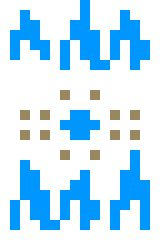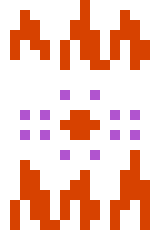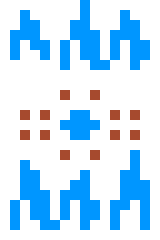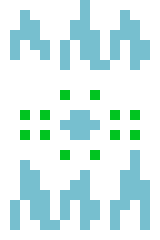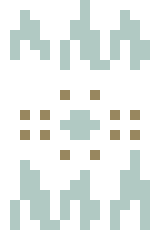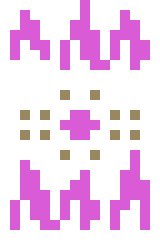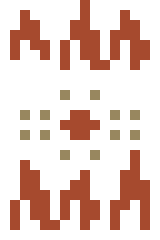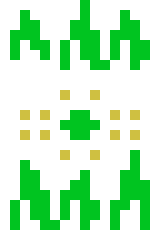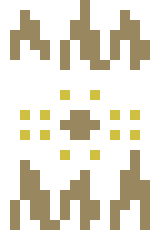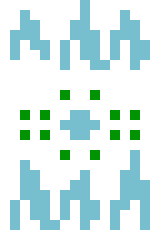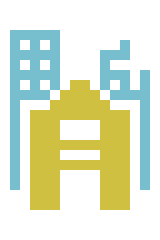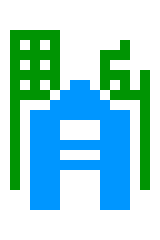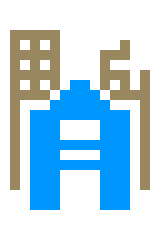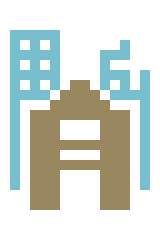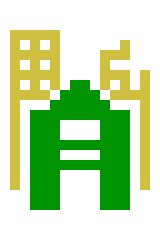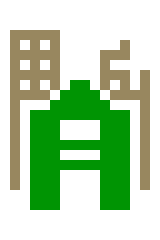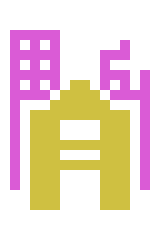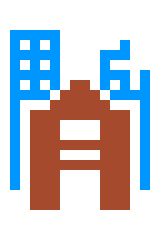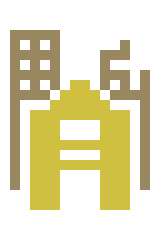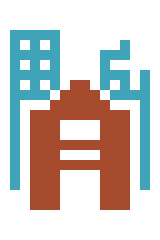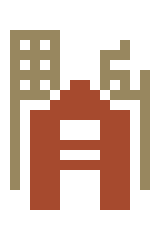Historic site
Historic sites are locations of special relevance to a particular sultan's history. For example, a sultan may have lost an important relic at a historic site.
Typically, the locations of historic sites are discovered by looking at statues that depict sultan lore. They may also be obtained as traded secrets or through similar means. There is always guaranteed to be one statue in the zone just north of Joppa that reveals the location of one historic site, even if the player does not choose Joppa as a starting village. Other historic sites must be discovered during normal play.
World Map Location
At least eight historic sites will be procedurally generated during world generation for each playthrough. These historic sites will be placed into random areas with increasing tiers for older sultans, as defined by the values shown in the static zone tier world map:[1]
| Sultan period | Location of first historic site | Location of second historic site |
|---|---|---|
| Fifth period | Tier 0 or 1 location | Tier 2 location |
| Fourth period | Tier 3 location | Tier 4 location |
| Third period | Tier 5 location | Tier 6 location |
| Second period | Tier 7 location | - |
| First period | Tier 8 location | - |
The first historic site for the fifth period sultan will always be located between 3 and 8 parasangs of ![]() Joppa. The location of this site can be revealed by interacting with the sultan shrine one zone north of
Joppa. The location of this site can be revealed by interacting with the sultan shrine one zone north of ![]() Joppa or the
Joppa or the ![]() ruins of Joppa. The second historic site for that sultan will always lie within 30 parasangs of
ruins of Joppa. The second historic site for that sultan will always lie within 30 parasangs of ![]() Joppa; this restricts the site from spawning in the hills on the right side of the map.
Joppa; this restricts the site from spawning in the hills on the right side of the map.
Each site will be inhabited by the members of the associated sultan's cult. This means that it is very likely for the player to encounter similar creatures at the two related historic sites for the 3rd-5th period sultanates.
Rewards
Final Floor
Each historic site will have a guaranteed relic chest on its bottom floor. The chest will contain:
- A procedurally generated relic aligned with the sultan's favored factions, themes, and other attributes.
- One or more
 cybernetics credit wedges depending on the difficulty rating of the historic site zone where they are found.[2]
cybernetics credit wedges depending on the difficulty rating of the historic site zone where they are found.[2]
Relic
Relics found on the final floor of a historic site may either:
- Be a relic that the sultan lost in the named location represented by the final floor location (zone).
- Be a random, procedurally generated relic associated with the context of the location (zone) where the relic is found, or the full context of the encompassing historic site.
Relics of the first kind typically are named after a significant event in the sultan's life. The relic is more likely to exhibit properties aligned directly with the sultan and the particular event in question. This type of relic is described in more detail in the Location-based Strata and Relics section below.
Relics of the second kind are commonly named after the historic site or the zone where they were found. These relics will be very likely to exhibit properties that are aligned with the historic site's sultan, because both the historic site and the locations within it are associated with the period of the sultan's reign, and inherit many of their qualities from the associated sultan.[1]
Credit Wedges
The cybernetics credit wedge reward is determined based on the tier of the historic site as described above. [1][2][3]
| Historic site tier | Sultanate period | Reward |
|---|---|---|
| 0-2 | fifth period | |
| 3 | fourth period | |
| 4-5 | fourth period, third period | |
| 6-7 | third period, second period | |
| 8 | first period |
Location-based Strata and Relics
Liminal floors represent additional unnamed floors of the which do not have any specific history associated with them, in contrast to named floors which do.
Named floors: Whenever an underground floor of a historic site has a name other than "liminal floor", that name represents a location that is part of the generated history. The location will be one that existed during the period of the sultan associated with this historic site, though it may or may not be a location that is explicitly mentioned in the significant events of the sultan's life.[1] Historic sites are often conceptualized as "regions" within sultan lore, and those regions can contain one or more specific locations. For this reason, a snippet of sultan lore might say something like "While traveling through <historic site name>, <sultan> visited <location>". Occasionally, those locations can also include relics of importance to the sultan. For example, consider the following bit of sultan lore:
In 1764 BR, Ylepater won a decisive victory against the combined forces of Seminary District Salep at the bloody Battle of the Hamlet of Birsivuh, though he lost his prized Shiningacus Succulentswoe during the course of the conflict. As a result of the battle, the Hamlet of Birsivuh was so bristling with carnivorous geodes that it was renamed Lustrousruin. |
This lore appears in a world with a historic site named "Salep Seminary", which has a floor called "Lustrousruin, Salep Seminary" 1 strata underground. On this floor, a relic chest contains the Shiningacus Succulentswoe mentioned in the significant event above. This is not the only relic in the historic site - it continues downward and includes one other named location floor, as well as a final floor that includes another relic specific to this historic site (the The Weighted Chain of Salep Seminary).
While each floor of a historic site has a chance to be named based on particular locations mentioned in a sultan's history, the exact number of named and unnamed floors will vary depending on the particular sultan's history and the number of locations associated with the historic site region.[1]
Additional Relics
In addition to the relics described above, each individual floor of a historic site that does not already contain a final floor relic or a location-specific relic has a 0.3% chance to contain an additional randomly generated relic.[4]
World Map Sprites
The following gallery exhibits each of the possible world map sprites that can be used by Historic site. Each sprite can have up to 196 random two-color combinations in game, using all of the Qud palette colors other than orange (O/o) and grey/black (K/k).[5] The image galleries below show only a small random sampling of possible colors for each sprite.
Trivia
For much of the game's early history (prior to the deep jungle update), only four historic sites were generated in the world. Two for the fifth period sultanate, and two for the fourth period sultanate.
References
| This information is reliable as of patch 2.0.203.39. |
- ↑ 1.0 1.1 1.2 1.3 1.4
XRL.World.WorldBuilders.JoppaWorldBuilder, methodAddSultanHistoryLocations - ↑ 2.0 2.1
XRL.World.ZoneBuilders.PlaceRelicBuilder - ↑
XRL.World.Zone, methodNewTier - ↑
XRL.World.WorldBuilders.JoppaWorldBuilder, methodAddSultanHistoryLocations - ↑
XRL.World.Parts.SultanRegion, methodFireEvent









